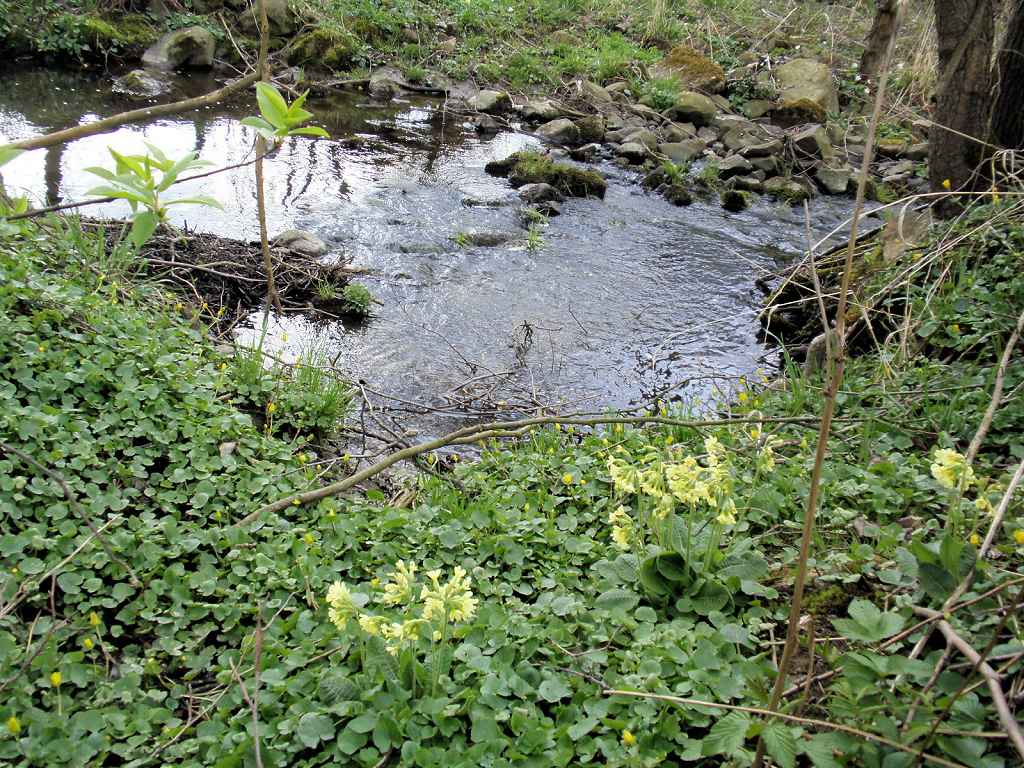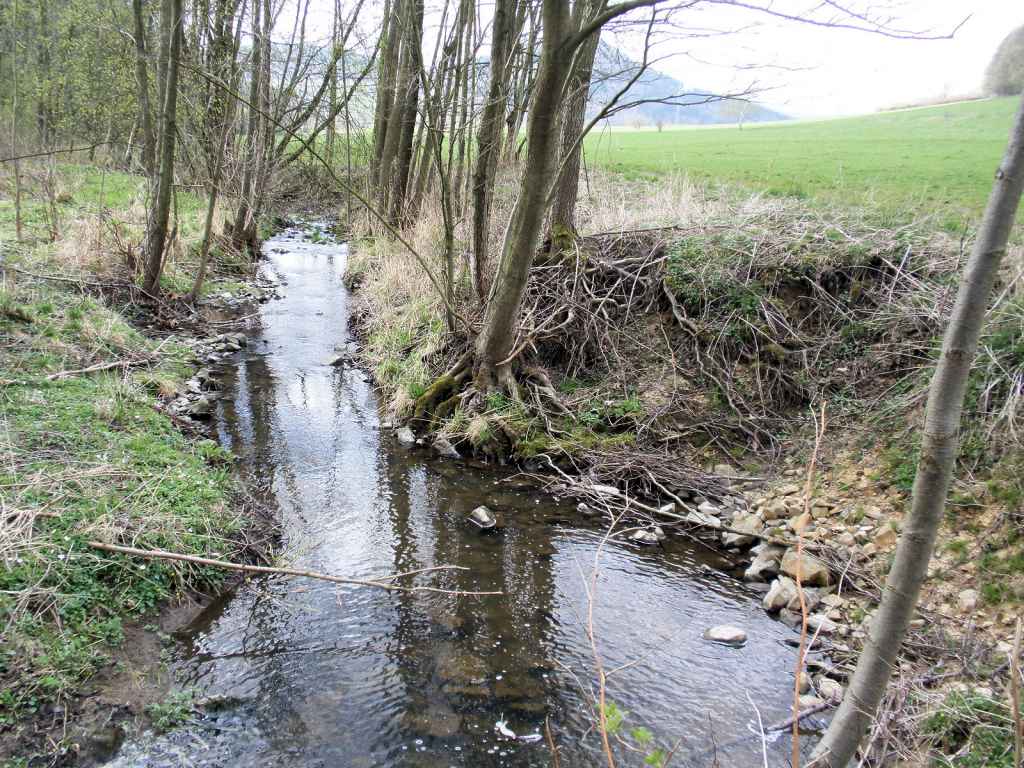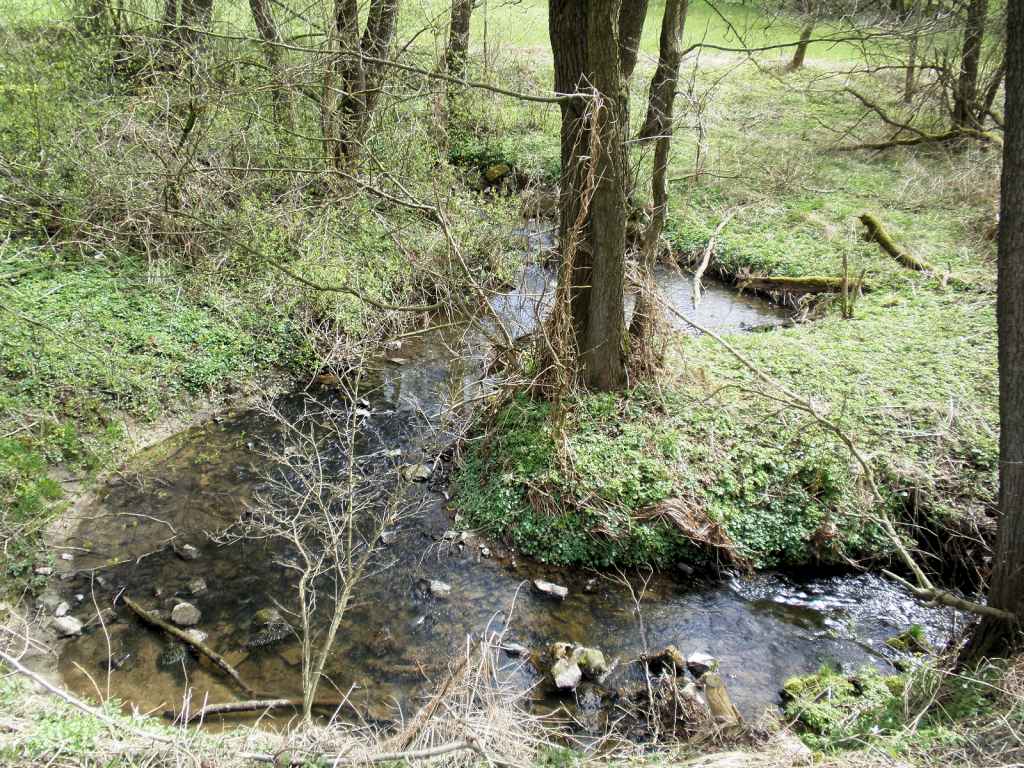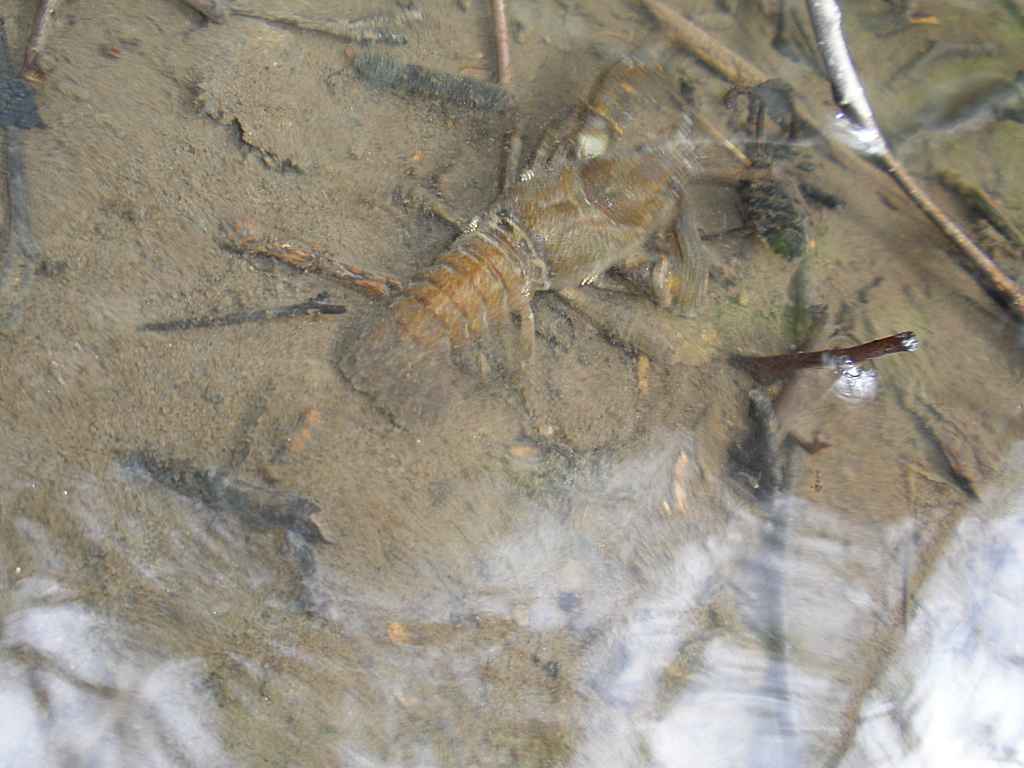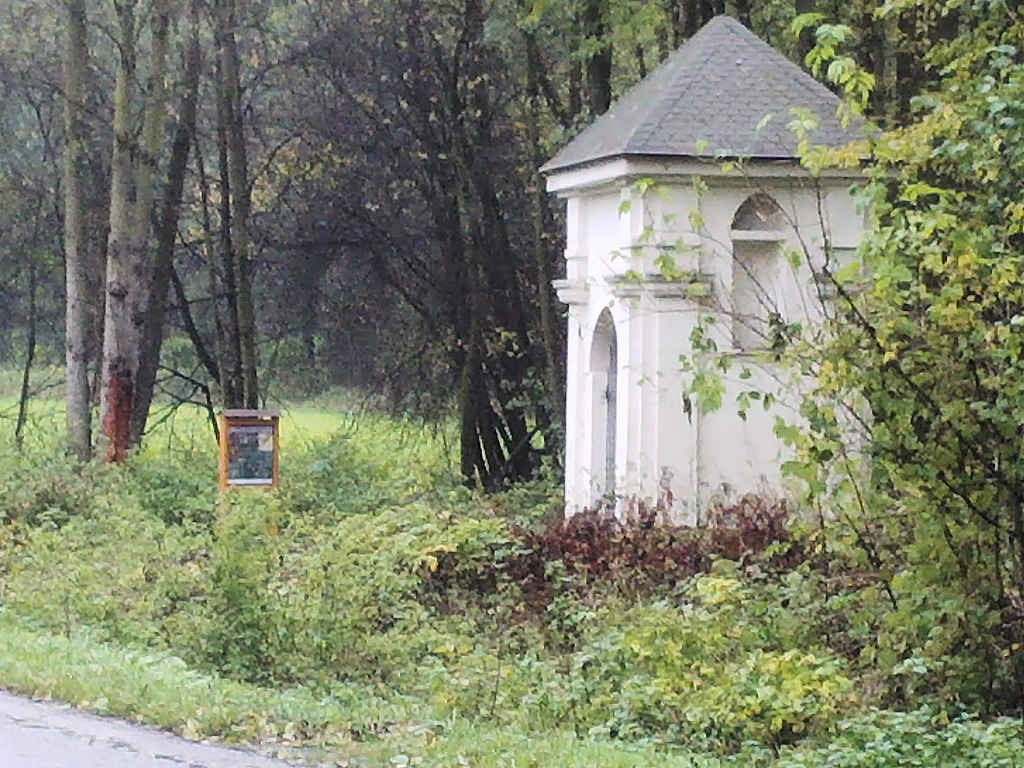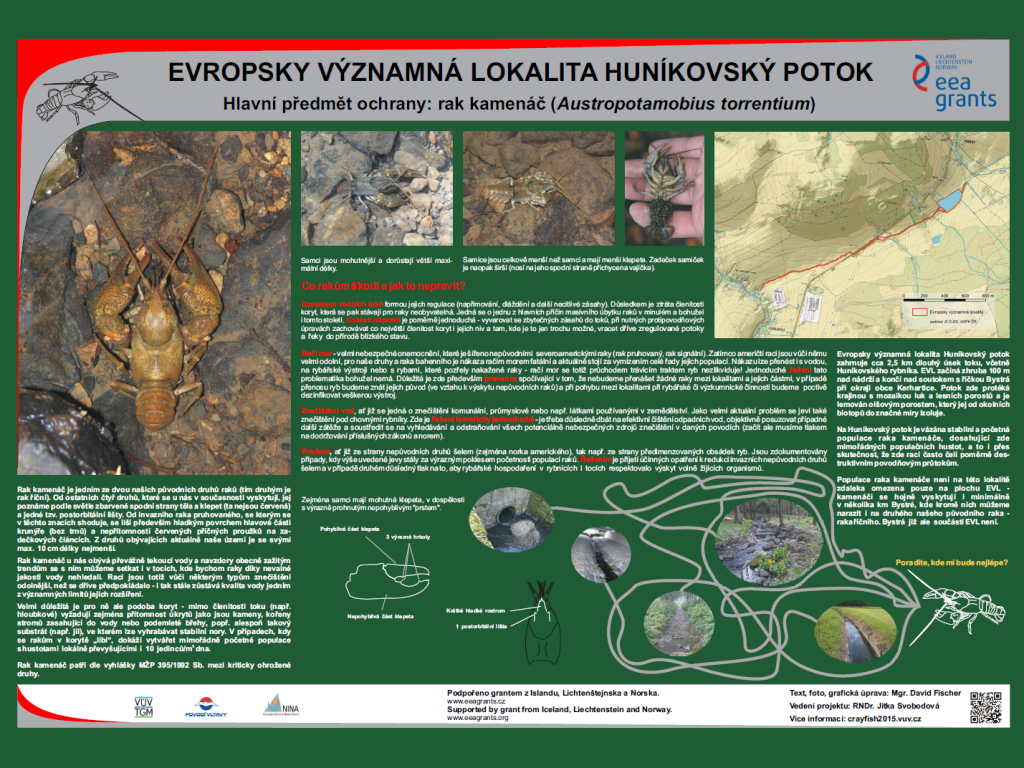Monitoring of NATURA 2000 sites as a tool
for effective management and conservation
of autochthonous crayfish
Details
Starting point
Thirteen Special Areas of Conservation (SAC) have been declared in the Czech Republic under NATURA 2000 in order to protect the critically endangered stone crayfish (Austropotamobius torrentium) which is one of the priority species under the Habitats Directive 92/43/1992. Another thirty known sites with this species have no special protection. Noble crayfish (Astacus astacus) appear at a number of sites alongside the stone crayfish.
Although the indigenous crayfish in the Czech Republic are threatened by anthropogenic pressures, currently there are only general rules provided for the protection and management of these critically endangered aquatic animals. Apart from population characteristics (particularly stone crayfish populations) the effects of a substantial part of the significant anthropogenic pressures on crayfish populations have not yet been examined in greater detail, nor, paradoxically, the broader ecological context and relationships, knowledge of which is vital for effective crayfish protection and represents a meaningful basis for conservation management.
The method for initiating conservation and management is to identify the limiting factors affecting the indigenous population of crayfish, critically endangered priority species of stone crayfish in the Czech Republic and noble crayfish, and study their relationships with other components of the ecosystem. Proposals for limiting factors affecting the indigenous population of crayfish directly contribute to the effective management and monitoring of NATURA 2000 sites.
The European Habitats Directive 92/43/EEC ranks stone crayfish in Annex II among the animal and plant species of Community interest, whose conservation requires designation of Special Areas of Conservation. Stone crayfish and noble crayfish are included in Annex V, which imposes the obligation to monitor the status and possible use of these species and enables adoption of measures. In the list of specially protected species of Ministry of the Environment decree No. 395/1992 Coll., both species of crayfish are listed in the category of critically endangered.
| Crayfish species in the Czech Republic | ||||
|---|---|---|---|---|
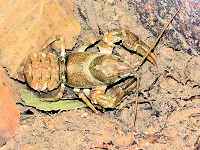
| 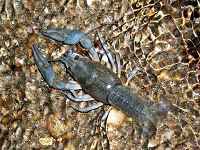
| 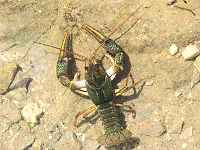
| 
| 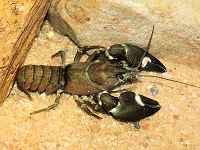
|
| Stone crayfish (Austropotamobius torrentium) Native species Show photo gallery | Noble crayfish (Astacus astacus) Native species Show photo gallery | Narrow-clawed crayfish (Astacus leptodactylus) Origin: Eastern Europe Show photo gallery | Spiny-cheek crayfish (Orconectes limosus) Origin: Northern America Show photo gallery | Signal crayfish (Pacifastacus leniusculus) Origin: Northern America Show photo gallery |
| Key of the crayfish species: pdf document (4.3 MB, Czech) | ||||
| Leaflet „Crayfish in the Czech Republic - what is allowed, what is not allowed, what to do, what not to do!“: pdf document (25 MB, Czech) | ||||
| For more information about the crayfish, see the book “Crayfish in the Czech Republic”: pdf document (7.4 MB, Czech) | ||||
| Leaflet „Plague in our waters - Do not spread the crayfish plague!“: pdf document (3.2 MB, Czech) | ||||
Project objective and expected result
The aim of the project is to obtain data on the critically endangered autochthonous populations of stone crayfish (Austropotamobius torrentium) and noble crayfish (Astacus astacus) and their habitats, and on the basis of these findings establish principles for their protection and develop proposals of the management of sites where they occur. Management measures, among other things, will be designed on the basis of establishing the limit/reference conditions for assessing the status of SAC according to the requirements of the Water Framework Directive 2000/60/EC (Annex V, 1.3.5.).
The project aim is based on the relevant national and international documents. Of all five species of crayfish occurring in our country, the stone crayfish is listed as critically endangered and noble crayfish as endangered in the Red List of threatened species of the Czech Republic. Also, the most important international non-governmental organization focused on conservation, the IUCN, issues a global Red List of Threatened Species, in which both species are categorized as “vulnerable”. The Berne Convention (1979) on the conservation of European flora, wildlife and natural habitats ranks stone crayfish and noble crayfish in Annex III as a protected animal species. The European Habitats Directive also obliges regular monitoring of the status of all significant European species and habitat types, as well as the submission of evaluation reports in six-year cycles. The requirement for monitoring protected areas, habitats and species is also enshrined in the Water Framework Directive 2000/60/EC, which states that water bodies forming these areas must be integrated into the operational monitoring programme wherever they are identified as being at risk of failing to achieve the environmental goals.
One of the strategic documents is the Biodiversity Protection Strategy of the Czech Republic, prepared by the Ministry of Environment and approved by the Czech government in 2005, with validity until 2015. Outputs that will be developed on the basis of the data obtained in the project will be possible to use as the basis for the upcoming new strategy documents relating to biodiversity protection in the Czech Republic. The outputs will also be used when updating the planning documents (plans for specially protected areas, a set of recommended measures for NATURA 2000 sites, plans for sub-basins).
Transmission of information with the Norwegian partner of the Institute NINA will enable the use of best practices and methods that benefit nature conservation. Linking the partner organizations with the Norwegian partner will contribute significantly to the development of bilateral cooperation between the Czech Republic and the donor state in the field of applied research and nature conservation.
| Special Areas of Conservation (SAC) for conservation of stone crayfish in the Czech Republic | ||||||
|---|---|---|---|---|---|---|
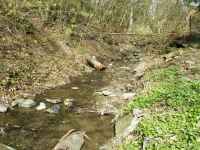
| 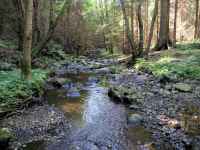
| 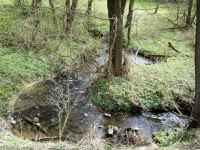
| 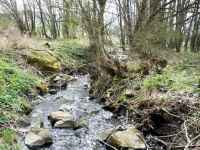
| 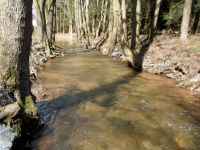
| 
| 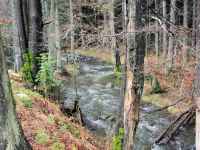
|
| SAC Bezejmenný přítok Trojhorského potoka
Show photo gallery | SAC Bradava Show photo gallery | SAC Huníkovský potok Show photo gallery | SAC Luční potok - Třebušín
Show photo gallery | SAC Luční potok v Podkrkonoší Show photo gallery | SAC Mešenský potok Show photo gallery | SAC Padrťsko Show photo gallery |
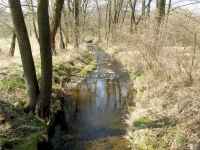
| 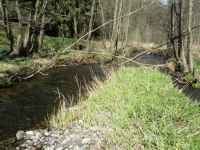
| 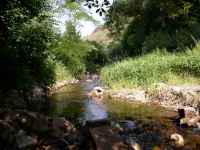
| 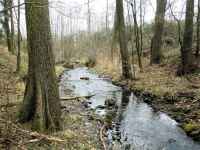
| 
| 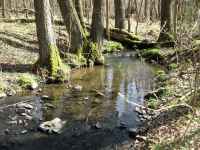
| |
| SAC Přešínský potok Show photo gallery | SAC Radbuza - Nový Dvůr - Pila Show photo gallery | SAC Stroupínský potok Show photo gallery | SAC Týřov - Oupořský potok Show photo gallery | SAC Zákolanský potok Show photo gallery | SAC Zlatý potok Show photo gallery | |
|
Hide photo gallery (SAC Huníkovský potok)
Photo: members of project team, unless stated otherwise
| ||||||
Project contributions
Monitoring results processed into management measures will be an important basis for the summary of recommended actions (SRA) for significant European locations with stone crayfish and a basis for the management of sites with noble crayfish, as well as invasive crayfish, which are a threat to autochthonous crayfish. These documents will be used mainly by administrations of NCA CR (Nature Conservation Agency of the Czech Republic), PLA (Protected Landscape Areas), NP (National Parks), RO (Regional Offices) and MoE (Ministry of the Environment). The results will also be utilized in the preparation of river basin plans, which are processed by the Czech Republic river basin state enterprises.
The wider public will be informed about the state of nature and biodiversity and its protection in the Czech Republic. The public will be informed about the current state of water quality, extent of aquatic animals, the state of their habitat and the dangers posed by invasive animals. Lectures will be held in schools, fishing or diving associations, i.e. the public which moves around watercourses, ponds or quarries the most.
Last update: 14 February 2023
Contact
T. G. Masaryk Water Research Institute, p.r.i.Podbabská 2582/30
160 00 Praha 6
Czech Republic
http://www.vuv.cz
Project leader
RNDr. Jitka Svobodovájitka_svobodova@vuv.cz
Publicity manager
Ing. Jiří Picekjiri_picek@vuv.cz
Project manager
Mgr. Libuše Opatřiloválibuse_opatrilova@vuv.cz
Financial manager
Karel Havlákkarel_havlak@vuv.cz













